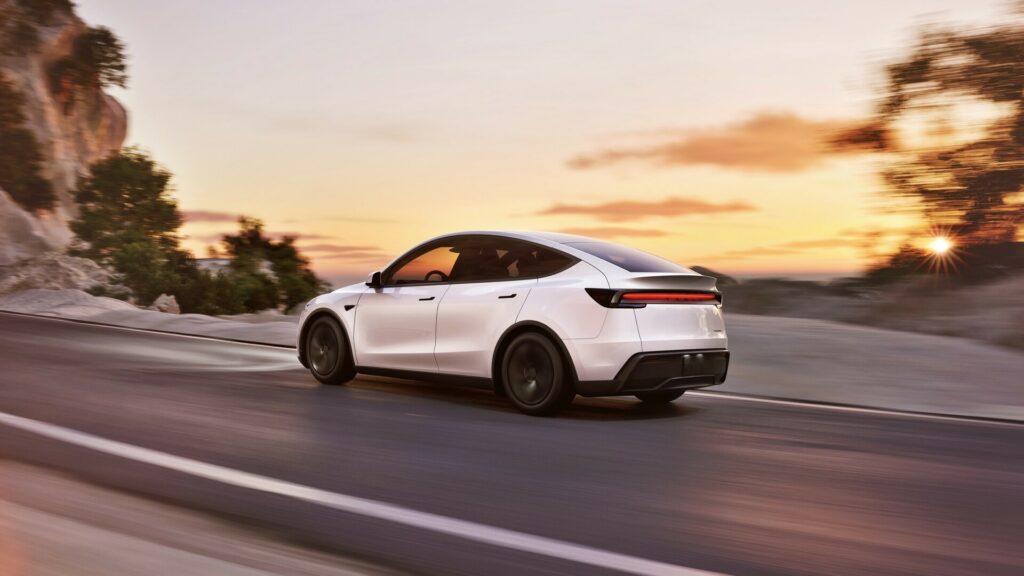Tesla Can’t Sell Its EVs So It’s Renting Them Out From $60 A Day

- Tesla launches $60-per-day rentals to offset slowing sales nationwide.
- Only Premium trims offered, excluding base, Performance, and Plaid.
- Rentals capped at seven days with strict in-state driving limits.
It looks like Tesla’s found itself with a problem of abundance. The automaker has more cars sitting on lots across the United States than it seems to know what to do with. And with the federal EV tax credit gone, sales have slowed considerably.
To keep things moving, Tesla has decided to do something a little different, by renting out its own cars directly to customers, starting at two locations in California, with more likely on the way.
Read: Elon Musk’s Trillion Dollar Pay Hinges On A Bet That Could Break Tesla
The company recently confirmed that its stores in San Diego and Costa Mesa are now offering rentals from the entire Tesla lineup.
What Does It Cost?

If you’ve been curious about living with a Model 3 or Model Y, you can now take one home for as little as $60 per day. The Cybertruck, perhaps the most talked-about of the bunch, is listed at $75 per day, while the more premium Model S and Model X command $90 per day.
Of course, no deal from Tesla would be complete without some important caveats. For starters, cars must be rented for a minimum of three days and a maximum of seven days.
Furthermore, while renters will be able to enjoy unlimited mileage, they will not be permitted to drive the Tesla out of the state. They’ll also be hit with a $30 fee if the car is returned with less than 50 percent charge.
There’s no word on whether the advertised rates include insurance, or if Tesla, like traditional car rental companies, will try to sting shoppers with exorbitant insurance fees.

What we do know is that only the upper-tier Premium trims are being offered. The entry-level Standard versions aren’t part of the deal, and neither are the high-performance Performance or Plaid variants.
Tesla will no doubt hope that by offering cheap rentals, it can convince interested shoppers to place an order. To help further convince them, they’ll receive a $250 credit if they place an order within seven days of the rental.